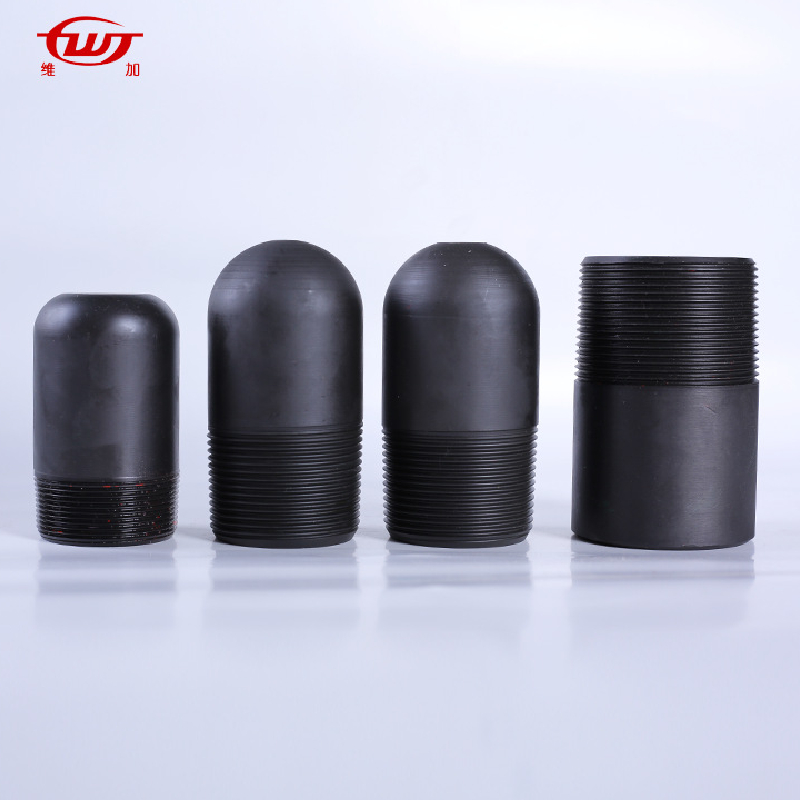- Afrikaans
- Albanian
- Amharic
- Arabic
- Armenian
- Azerbaijani
- Basque
- Belarusian
- Bengali
- Bosnian
- Bulgarian
- Catalan
- Cebuano
- Corsican
- Croatian
- Czech
- Danish
- Dutch
- English
- Esperanto
- Estonian
- Finnish
- French
- Frisian
- Galician
- Georgian
- German
- Greek
- Gujarati
- Haitian Creole
- hausa
- hawaiian
- Hebrew
- Hindi
- Miao
- Hungarian
- Icelandic
- igbo
- Indonesian
- irish
- Italian
- Japanese
- Javanese
- Kannada
- kazakh
- Khmer
- Rwandese
- Korean
- Kurdish
- Kyrgyz
- Lao
- Latin
- Latvian
- Lithuanian
- Luxembourgish
- Macedonian
- Malgashi
- Malay
- Malayalam
- Maltese
- Maori
- Marathi
- Mongolian
- Myanmar
- Nepali
- Norwegian
- Norwegian
- Occitan
- Pashto
- Persian
- Polish
- Portuguese
- Punjabi
- Romanian
- Russian
- Samoan
- Scottish Gaelic
- Serbian
- Sesotho
- Shona
- Sindhi
- Sinhala
- Slovak
- Slovenian
- Somali
- Spanish
- Sundanese
- Swahili
- Swedish
- Tagalog
- Tajik
- Tamil
- Tatar
- Telugu
- Thai
- Turkish
- Turkmen
- Ukrainian
- Urdu
- Uighur
- Uzbek
- Vietnamese
- Welsh
- Bantu
- Yiddish
- Yoruba
- Zulu
Exploring the Functionality and Applications of Pipe Bull Plugs in Plumbing Systems
Understanding Pipe Bull Plugs Essential Components in Fluid Control Systems
In industrial applications, effective fluid control is paramount, and one of the crucial components used for this purpose is the pipe bull plug. The pipe bull plug serves as a vital sealing device that helps manage the flow of liquids or gases within piping systems. Understanding its design, functionality, and applications can be beneficial for engineers, technicians, and those involved in maintenance and installation processes.
What is a Pipe Bull Plug?
A pipe bull plug is essentially a cylindrical piece designed to fit into the end of a pipe. Unlike regular plugs, bull plugs are often tapered, which allows them to provide a tight seal when inserted into a corresponding pipe end. They are typically made from robust materials such as stainless steel, brass, or plastic, depending on the specific requirements of the application, including pressure, temperature, and the nature of the fluid or gas being contained.
Design and Types
Bull plugs come in various designs and sizes to accommodate different pipe dimensions and specifications. The design typically includes internal or external threads that facilitate easy installation and removal. Common types of pipe bull plugs include
1. Threaded Bull Plugs These plugs feature threads that allow them to screw into the end of a pipe, providing a secure fit. They are popular in applications where frequent maintenance is required since they can be easily removed.
2. Socket Bull Plugs These plugs are designed to fit into the pipe without threading. They are often used in plumbing systems where a permanent seal is required.
3. Expandable Bull Plugs These are designed to expand when inserted, creating a tight seal within the pipe. They are particularly useful in situations where the pipe may be subjected to vibrations or movement.
pipe bull plug

Functional Role in Fluid Systems
The primary function of a pipe bull plug is to seal the end of a pipe to prevent leaks. This is particularly important in systems that deal with high-pressure or corrosive materials, where leaks could lead to environmental hazards or safety risks. Furthermore, bull plugs also serve as a means to close off sections of a piping system during maintenance, allowing workers to safely repair or replace components without shutting down the entire system.
Applications Across Industries
Pipe bull plugs find applications in various industries, including
- Oil and Gas In drilling operations, bull plugs are used to seal off sections of pipelines and protect against spills. - Water Treatment They are employed in water treatment plants to manage the flow and pressure of water, ensuring efficient processing and distribution.
- Construction In construction projects, bull plugs are used in plumbing systems to temporarily or permanently close off pipes.
- Chemical Manufacturing Here, they play a crucial role in ensuring that hazardous materials are contained within the piping system, thus preventing contamination or leaks.
Conclusion
In summary, pipe bull plugs are indispensable components in many fluid control systems. Their ability to provide an effective seal, alongside their various types and designs, makes them a versatile choice for engineers and technicians across numerous industries. As the demand for efficient and safe fluid management continues to grow, the importance of reliable components like the pipe bull plug cannot be overstated. Understanding their applications and functionalities not only enhances system performance but also ensures safety and compliance within industrial operations.
-
Tubing Pup Joints: Essential Components for Oil and Gas OperationsNewsJul.10,2025
-
Pup Joints: Essential Components for Reliable Drilling OperationsNewsJul.10,2025
-
Pipe Couplings: Connecting Your World EfficientlyNewsJul.10,2025
-
Mastering Oilfield Operations with Quality Tubing and CasingNewsJul.10,2025
-
High-Quality Casing Couplings for Every NeedNewsJul.10,2025
-
Boost Your Drilling Efficiency with Premium Crossover Tools & Seating NipplesNewsJul.10,2025







